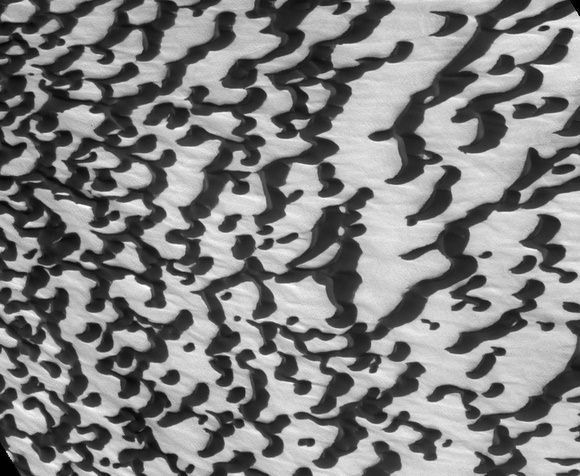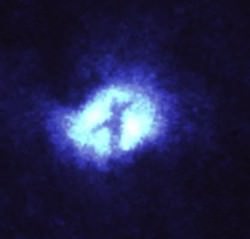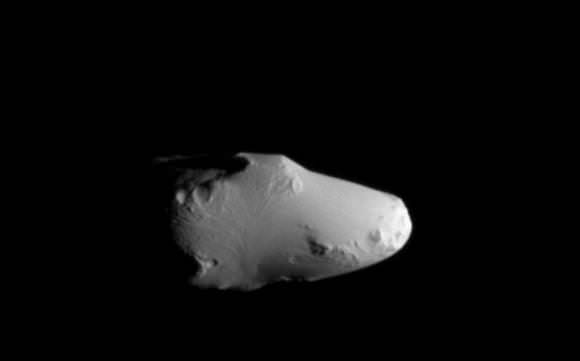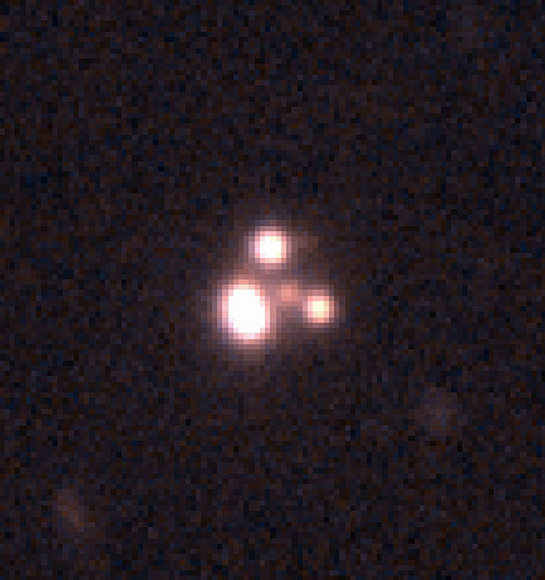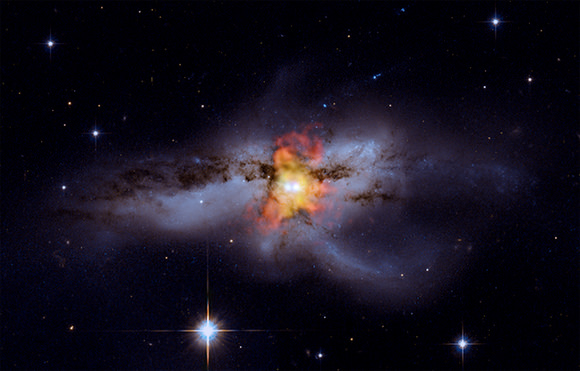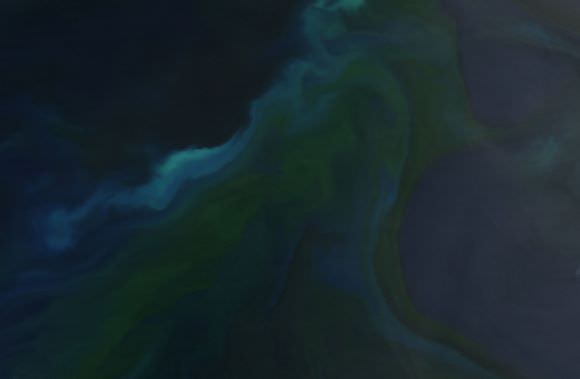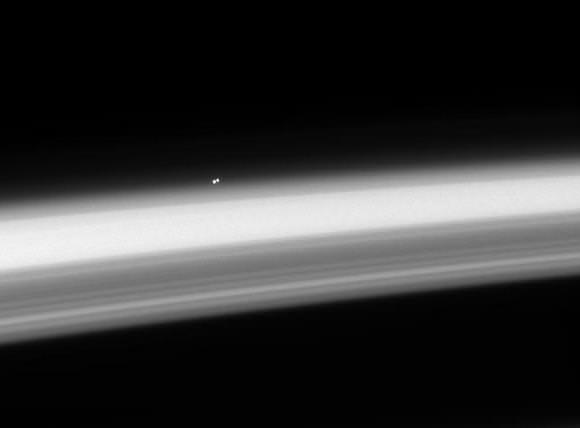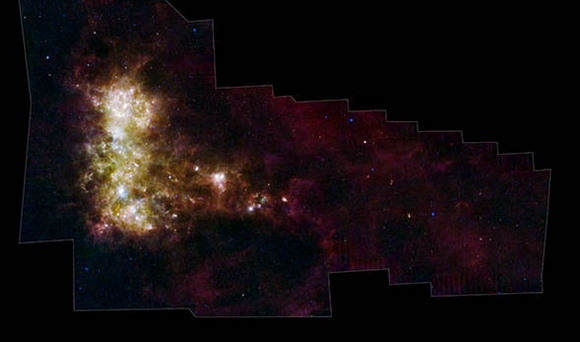Ready for another Where In The Universe Challenge? Here’s #128! Take a look and see if you can name where in the Universe this image is from. Give yourself extra points if you can name the spacecraft responsible for the image. As usual, we’ll provide the image today, but won’t reveal the answer until later. This gives you a chance to mull over the image and provide your answer/guess in the comment section. Please, no links or extensive explanations of what you think this is — give everyone the chance to guess.
UPDATE: Answer now published below!
This is Saturn’s F-ring, as seen by Voyager 1 on November 12, 1980. Of course we have better, higher resolution images of the F-ring from Cassini, but this was our first close-up glimpse of this strange, two-strand braided rings. Voyager 1 took the image at a distance of about 750,000 km.
See more images from the Voyager mission at this link from NASA.
Check back next week for another test of your visual knowledge of the cosmos!


